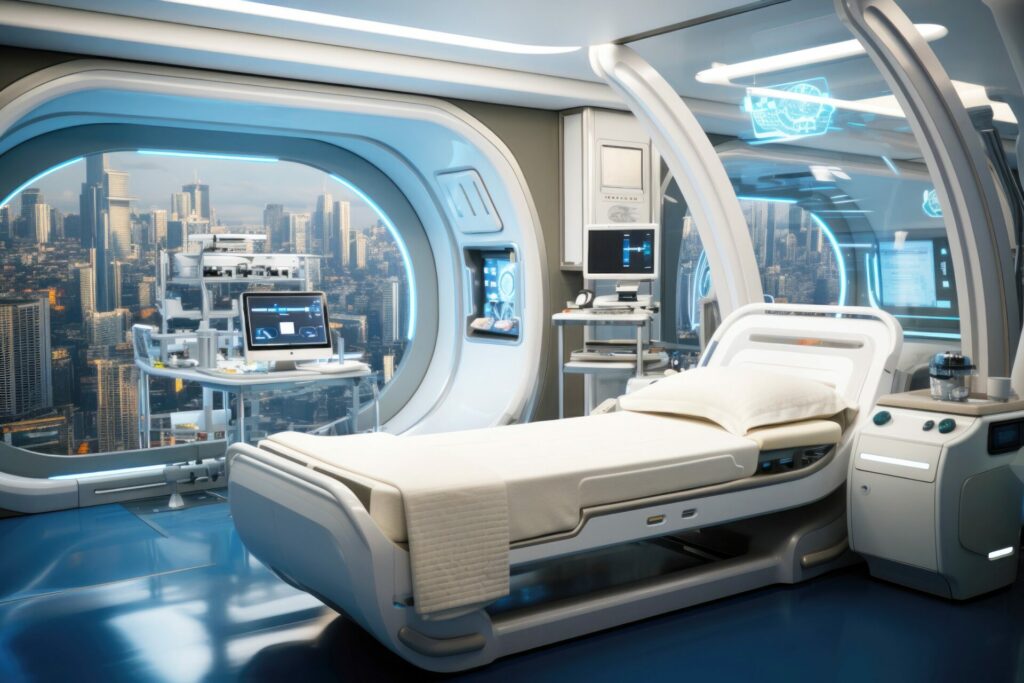
In an era where technological advancements have revolutionized the healthcare industry, the interoperability of different systems remains a formidable hurdle. Healthcare organizations often find themselves grappling with disparate systems that struggle to communicate efficiently, hindering access to patient data. This lack of interoperability not only complicates administrative processes but also poses significant barriers to delivering timely and effective care. The importance of seamless data exchange between different systems is critical. Healthcare systems interoperability not only fosters better collaboration among healthcare professionals but ultimately improves patient care outcomes.
Healthcare systems interoperability refers to the ability of different information technology systems and software applications to communicate, exchange data, and use the information that has been exchanged seamlessly. In healthcare, interoperability encompasses the integration of electronic health records (EHRs), medical devices, telemedicine platforms, and other health IT systems to enable comprehensive and coordinated patient care.
Overcoming the Challenges of Interoperability
One of the primary challenges associated with interoperability is the proliferation of proprietary systems that are incompatible with each other. Healthcare organizations often invest in specific technologies that serve their immediate needs without considering their compatibility with other systems. As a result, siloed data becomes a pervasive issue, leading to inefficiencies, fragmented care delivery, and compromised patient safety.
To address these challenges, healthcare stakeholders must prioritize the development and adoption of interoperability standards and frameworks. Standards such as Health Level Seven International (HL7) and Fast Healthcare Interoperability Resources (FHIR) play a crucial role. By adhering to these standards, it is possible to exchange data more consistently between disparate systems. Further, healthcare organizations can facilitate the interoperability of their systems and enhance the continuity of care for patients across different settings.
The implementation of application programming interfaces (APIs) has emerged as a promising solution for bridging the healthcare systems interoperability gap. APIs enable different software applications to communicate and share data, regardless of the underlying platforms or technologies. By leveraging APIs, healthcare organizations can facilitate the seamless exchange of information between EHRs, telemedicine platforms, wearable devices, and other health IT systems, thereby improving care coordination and clinical decision-making.
The advent of interoperable platforms and middleware solutions offers healthcare organizations a comprehensive approach to integrating diverse technologies. These platforms act as intermediaries, translating and harmonizing data from disparate systems to ensure compatibility and consistency. By centralizing data integration efforts, interoperable platforms empower healthcare providers to access a unified view of patient information. This can then enable more streamlined workflows and enhanced care delivery efficiency.
The Importance of Collaboration
Beyond the implementation of technological solutions for healthcare systems interoperability, fostering a culture of collaboration and data sharing is essential. It is an important first step for overcoming interoperability hurdles. Interdisciplinary teams comprising healthcare professionals, IT experts, policymakers, and industry stakeholders must work together to define interoperability requirements, establish governance frameworks, and promote best practices for data exchange.
To start, integrating technologies allows for seamless communication and information sharing among healthcare professionals across different departments and specialties. For example, electronic health records (EHRs) enable physicians, nurses, specialists, and other healthcare providers to access patient data in real-time, facilitating better care coordination and informed decision-making. With integrated technologies, healthcare teams can collaborate more effectively, leading to improved patient outcomes and reduced medical errors.
Integrated technologies can also streamline administrative processes, freeing up valuable time for healthcare professionals to focus on patient care. Automated appointment scheduling, electronic prescriptions, and digital billing systems are just a few examples of how technology integration can enhance operational efficiency and optimize workflows within healthcare organizations. By reducing administrative burdens, healthcare professionals can devote more attention to patient needs, fostering a patient-centered approach to care delivery.
Read this case study on how an Axis Technical Group client consolidated its billing system and overcame its operations and healthcare systems interoperability by refreshing its Epic ERP system integration.
Expanding the Reach of Healthcare
Remote collaboration and telemedicine are breaking down geographical barriers and expanding access to specialized care. Through teleconsultations, remote monitoring, and virtual care platforms, healthcare professionals can collaborate across distances, providing timely interventions and consultations to patients in underserved areas or those with limited mobility. This not only improves patient access to care but also promotes collaboration among healthcare professionals regardless of their physical location.
Overcoming interoperability hurdles is paramount for achieving seamless healthcare delivery in the digital age. By embracing interoperability standards, leveraging APIs, adopting interoperable platforms, and fostering a culture of collaboration, healthcare organizations can unlock the full potential of technology to improve patient care outcomes. The seamless exchange of data between disparate systems not only enhances care coordination and clinical decision-making but also empowers patients to actively participate in their healthcare journey. As we continue to navigate the complexities of modern healthcare, interoperability remains a cornerstone for driving innovation, efficiency, and patient-centered care.
